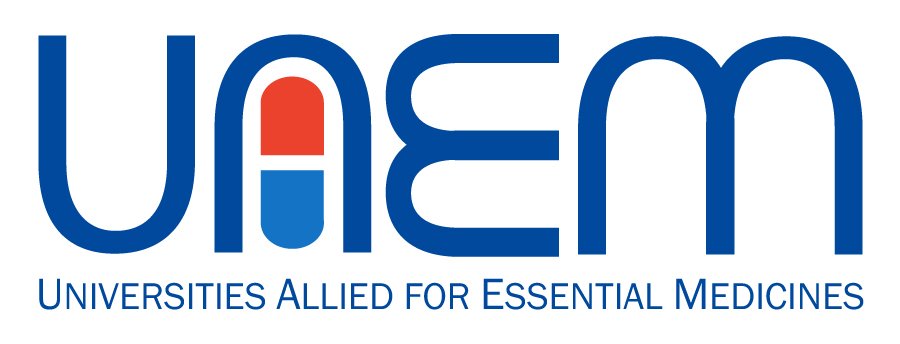Frequently Asked Questions
-
UAEM is part of a broad coalition fighting for health equity and justice. This includes working to improve people’s ability to get the medicines they need (which may involve pushing for them to be researched in the first place), regardless of where they live or whether they can pay. This is a global movement which comprises both NGOs and grassroots activists, and overlaps significantly with efforts to resist imperialism and neo-colonialism in the Global South.
-
Not necessarily! UAEM’s theory of change recognizes that students have immense power to make an impact at their universities (and we have civil rights activists to thank for that lesson). Universities, in turn, have a great deal of power within the pharmaceutical ecosystem. By changing university policy, we can address drug pricing upstream, before drugs even hit the market, and without going through the gridlocked legislative process. This gives UAEM a unique advantage, allowing us to approach the access to medicines movement from an angle that others cannot. Students have influence on their campuses that outsiders do not. And remember, universities are increasingly more aligned with corporate interests than their public missions. It is no mean feat to change university policy!
-
Absolutely. Most of our campaigns offer opportunities to organize at these levels, leveraging the role of universities in broader political debates. We just keep our engagement strategic; activists don’t succeed by spreading themselves thin.
-
While we welcome engagement from pre-med students and medical students, UAEM is for everyone who believes health is a human right and cares about health equity. The organization was originally founded in 2001 by a small group of Yale law students; But what started in one discipline has since grown into a diverse, multidisciplinary movement as our members and leaders today come from fields across science, medicine, arts, law, and beyond. This broad range of expertise reflects the multifaceted aspects needed to tackle access to medicines.
-
Each chapter has the freedom to structure meetings however you’d like. Consider incorporating strategy sessions (action planning and communicating with university administrators) as well as political education (watching and discussing an access to medicines documentary or playing a radical card game).
-
Community organizing is one of the core tools to rally mass momentum for social transformation. Marshall Ganz defines organizing as “Organizing is leadership that enables people to turn the resources they have into the power they need to make the change they want”. Black Lives Matter co-founder Alicia Garza writes, “The mission and purpose of organizing is to build power. Without power, we are unable to change conditions in our communities that hurt us. A movement is successful if it transforms the dynamics and relationships of power.” Organizing and strategizing with other groups on campus will help you build power for shared goals.
-
SMART goals are the gold standard for planning campaigns: they’re Specific, Measurable, Achievable, Results-based, and Time-bound. You should tailor your objectives to make sure they lead you to the measurable change you want to see. Read more here.
-
Power mapping is another campaign planning tool you might want to use. You can follow these steps to identify potential targets and allies on campus as you plan your campaign.
-
UAEM has active campaigns in Europe and Latin America, with emerging regions in Australia and Asia. If you have friends in other parts of the world who might be interested in volunteering with UAEM, you can reach out to the CC to get them connected. They don’t have to study medicine or public health, there’s a role for everyone!
